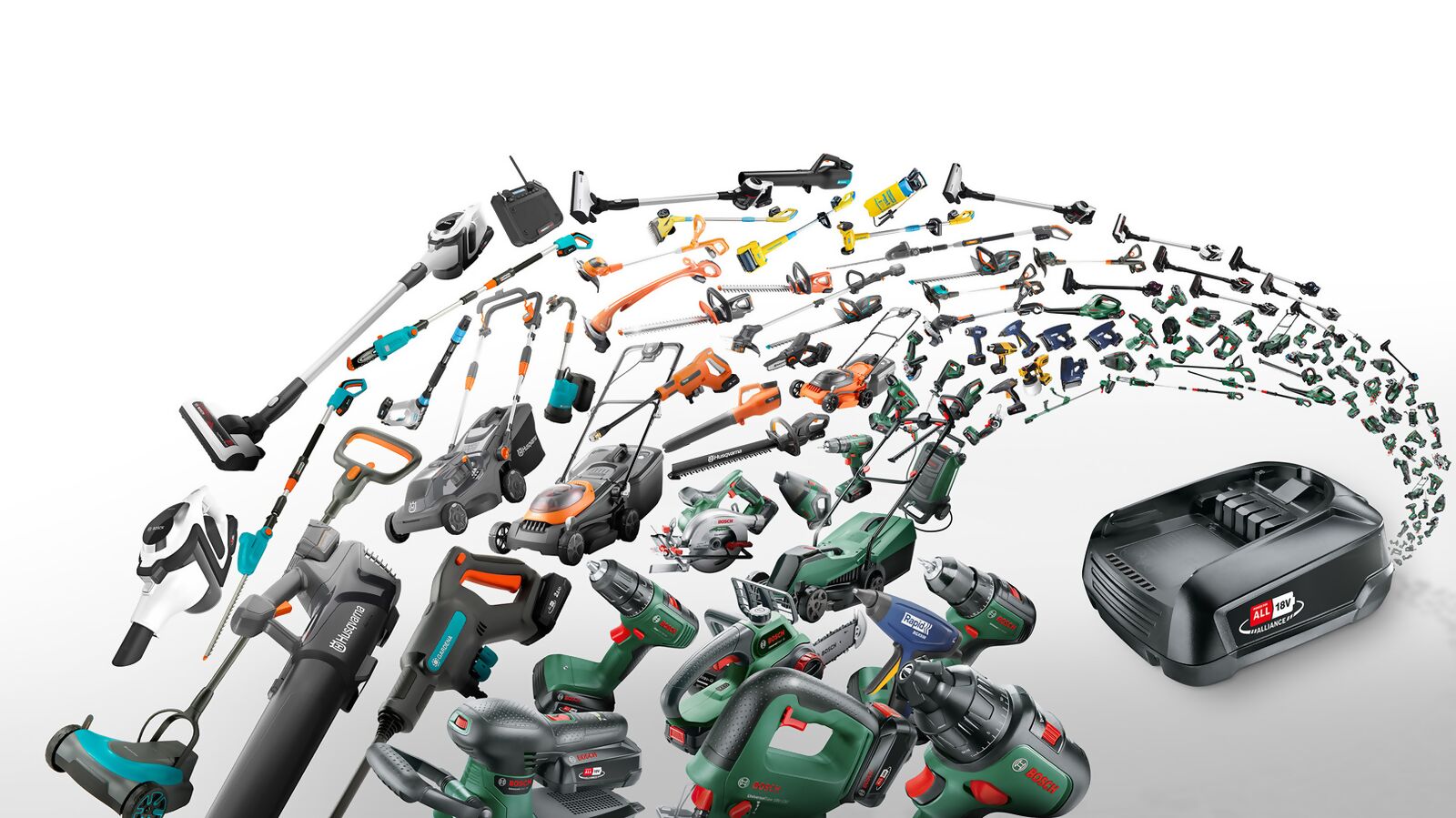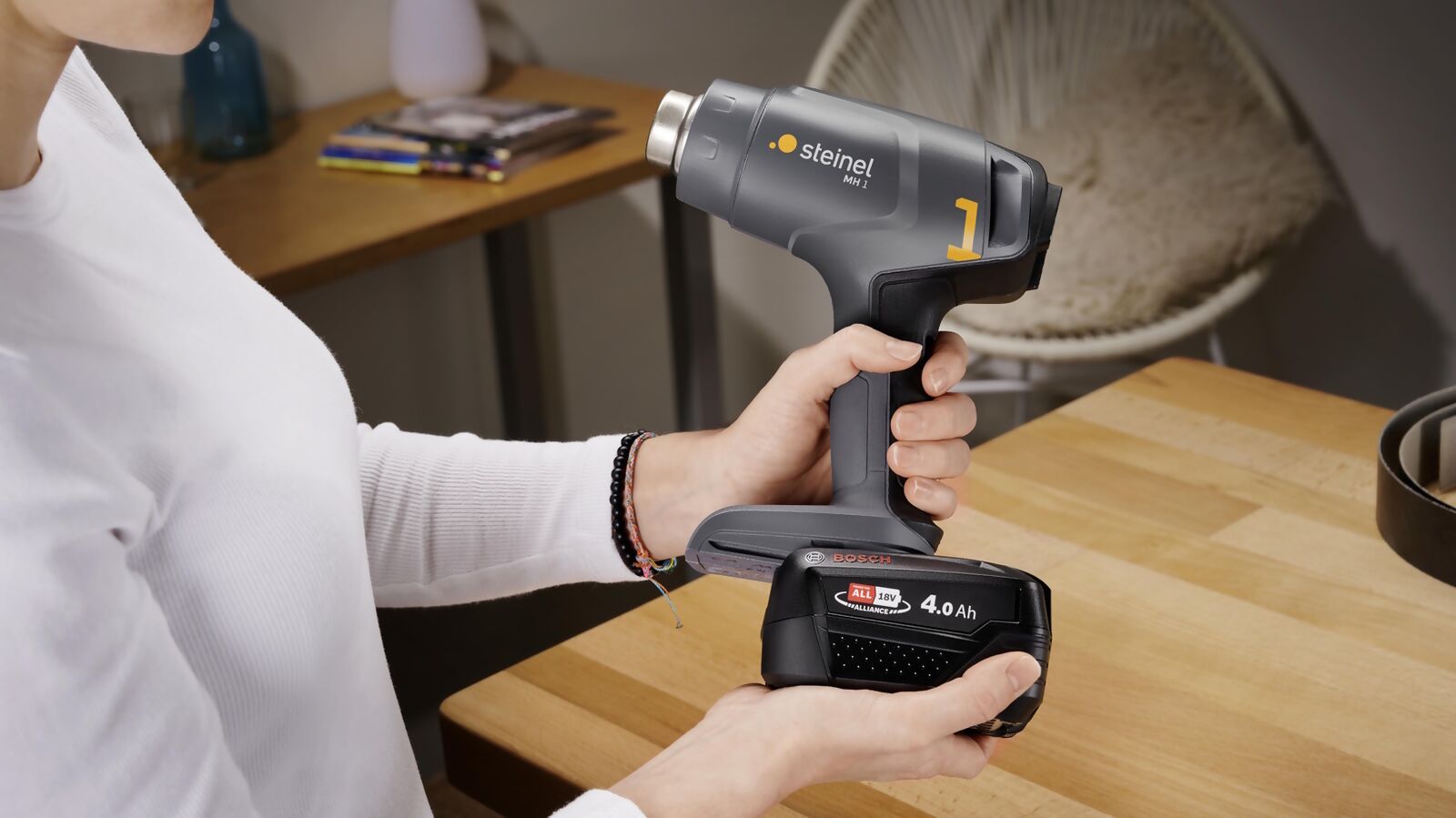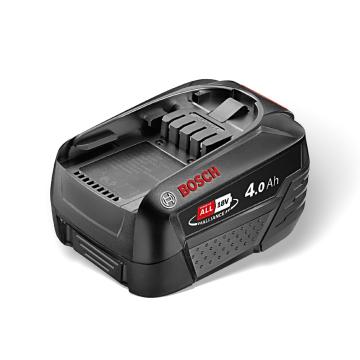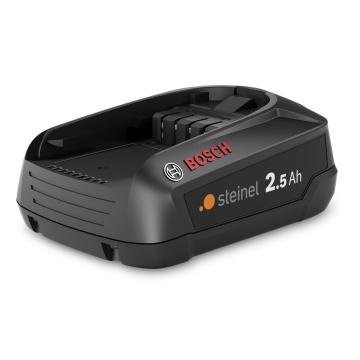1. Important product information
Please read carefully and keep in a safe place. – Under copyright. Reproduction either in whole or in part only with our consent.
2. General safety precautions
Risk of electric shock! 230 V means danger to life! Disconnect the power supply before attempting any work on the tool. Check the tool for any damage (power cord, housing etc.) before putting it into operation and do not use the tool if it is damaged. Do not expose electric power tools to rain. Do not use electric power tools if they are damp and do not use them in a damp or wet environment. Avoid coming into contact with earthed objects, such as pipes, radiators, cookers or refrigerators. Do not carry the tool by the power cord and do not unplug the tool by pulling on the power cord. Protect the power cord from heat, oil and sharp edges. Danger to children from tools, swallowed parts and risk of burns! When not in use, tools must be stored out of children’s reach. This tool may be used by children aged 8 or above and by persons with reduced physical, sensory or mental capabilities or lack of experience and knowledge if they are supervised and are given instructions on how to use the tool safely and understand the hazards involved. Do not allow children to play with the tool. Danger from swallowed parts and risk of burns.
3. Beware of burns!
The glue reaches temperatures of up to 200°C. The nozzle also gets very hot while the tool is being used. After skin contact with hot glue: immediately cool with cold water. Do not try to remove hot-melt glue from the skin. If necessary, seek medical attention. After eye contact with hot-melt glue: immediately cool for approx. 15 minutes with running water and consult a doctor straight away. Do not pull glue sticks out of the applicator.
4. Danger from toxic gases and fire hazards!
Toxic gases may develop when working on plastics, paints, varnishes or similar materials. Do not use in the proximity of flammable materials. Heat may be conducted to flammable materials that are hidden from direct sight. Do not direct the tool at one and the same place for a prolonged period. Do not use in the presence of an explosive atmosphere. Only stand the tool on fireproof, non-thermally conductive and stable surfaces. After use, set the tool down on its standing surface and let it cool before putting it away. Vapours may escape if the rechargeable battery is used improperly or damaged. Seek medical attention in the event of health complaints.
5. Danger from improper repair
This electric power tool complies with the relevant safety regulations. Repairs should only be performed by a qualified electrician. Otherwise the user may be exposed to hazards. If this tool’s main power cord is damaged, it must be replaced by the manufacturer or its customer service department or a similarly qualified person so as to avoid hazards.
6. Risk of damage to property!
Do not leave the tool unattended while it is in operation. For your own safety, only use accessories and attachments that are specified in the operating instructions or recommended or specified by the tool manufacturer. The use of other attachments or accessories may result in personal injury. Do not use liquid or pasty adhesives. Glue marks on clothing cannot be removed. Make sure heat-sensitive materials are suitable for gluing with hot-melt adhesive. Drips of glue are best removed when cold. Hot glue running into the applicator may cause damage. Always screw the nozzle tight after replacing it (approx. 1 Nm). Use genuine replacement parts and genuine accessories. Only use genuine STEINEL sticks.
7. Proper use
This electric tool is only intended for solvent-free gluing of handicraft materials and model components at home.
8. Cleaning and Maintenance
The tool requires no maintenance. Hazard from electrical power. Contact between water and live parts can result in electrical shock, burns or death. Only clean the tool in a dry state.
9. Risk of damage to property!
Using the wrong detergent can damage the tool. Clean the tool with a moist cloth without detergent.
10. Disposal
Electrical and electronic equipment, accessories and packaging must be recycled in an environmentally compatible manner. Do not dispose of electrical and electronic equipment as domestic waste. EU countries only: Under the current European Directive on Waste Electrical and Electronic Equipment and its implementation in national law, electrical and electronic equipment no longer suitable for use must be collected separately and recycled in an environmentally compatible manner.
 The world speaks battery.
The world speaks battery. PFA Charger AL 1820 CV
PFA Charger AL 1820 CV




